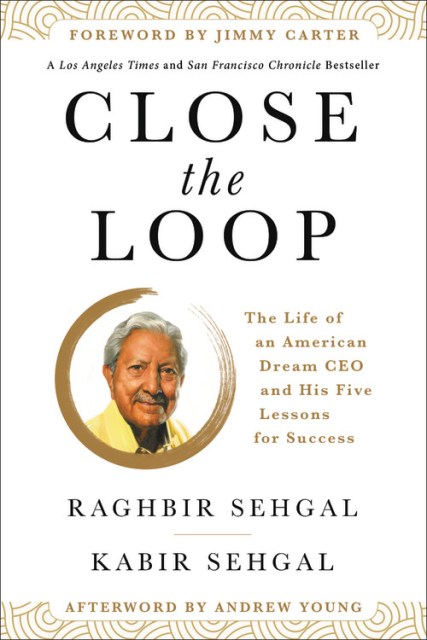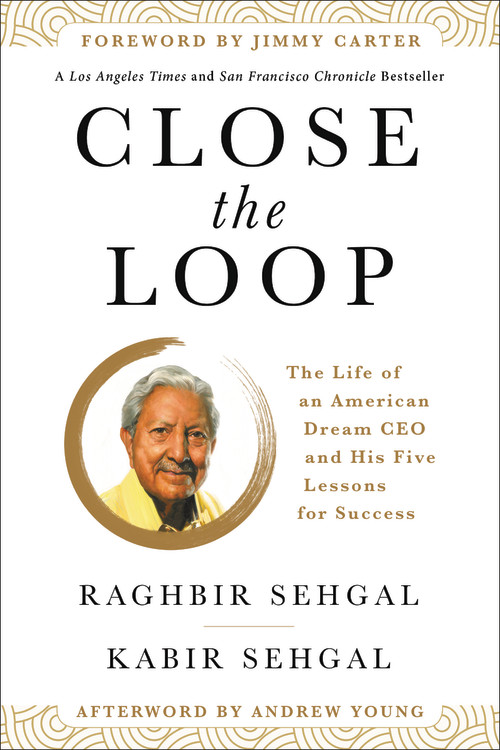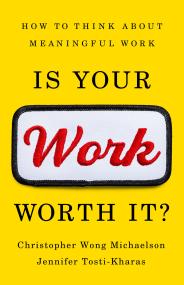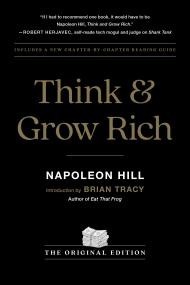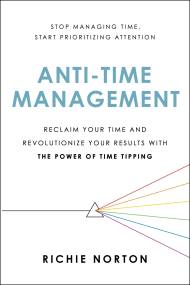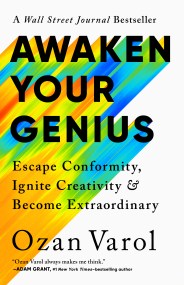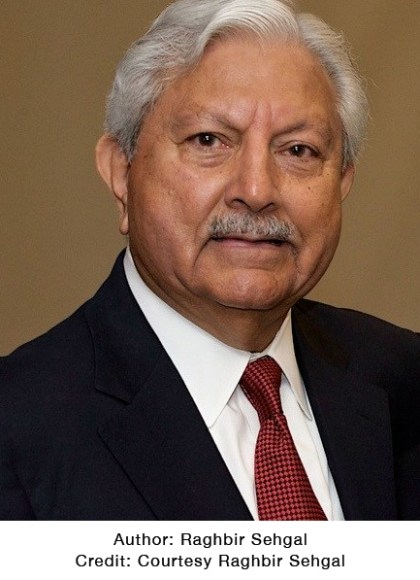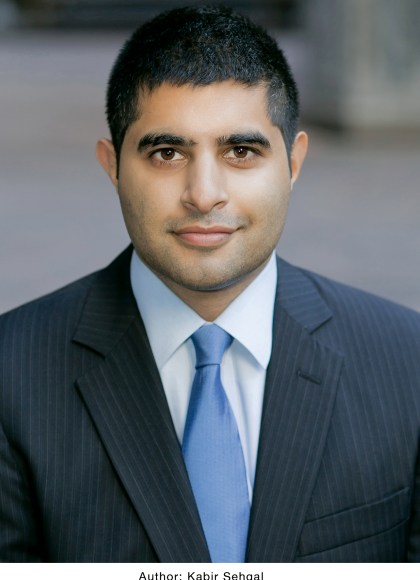Promotion
Sign up for our newsletters to receive 20% off! Shop now. Exclusions apply.
By clicking “Accept,” you agree to the use of cookies and similar technologies on your device as set forth in our Cookie Policy and our Privacy Policy. Please note that certain cookies are essential for this website to function properly and do not require user consent to be deployed.
Close The Loop
The Life of an American Dream CEO & His Five Lessons for Success
Contributors
By Kabir Sehgal
Formats and Prices
Price
$20.00Price
$26.00 CADFormat
Format:
Trade Paperback $20.00 $26.00 CADThis item is a preorder. Your payment method will be charged immediately, and the product is expected to ship on or around May 5, 2020. This date is subject to change due to shipping delays beyond our control.
Also available from:
The inspiring true story of one man’s journey to achieve the American Dream, and the wisdom he gained about what it takes to find success.
Raghbir (R.K.) Sehgal left his native India as a teenager with little money in his pocket. He worked factory jobs in the United Kingdom and eventually moved to the United States. Living in the Deep South in the 1960s, Sehgal experienced discrimination and that redoubled his desire to succeed. He started as a junior engineer at Law Engineering and rose to become Chairman & CEO. Close the Loop is his story told through the voice of his son Kabir Sehgal. This is a profound and personal meditation on hope, persistence, diligence, and resilience. Raghbir also shares his five lessons for success, which you can use to optimize your life.
- On Sale
- May 5, 2020
- Page Count
- 320 pages
- Publisher
- Hachette Originals
- ISBN-13
- 9781538735374
Newsletter Signup
By clicking ‘Sign Up,’ I acknowledge that I have read and agree to Hachette Book Group’s Privacy Policy and Terms of Use
